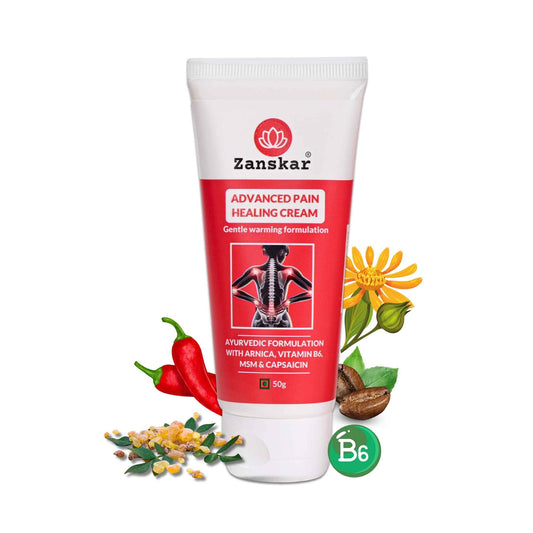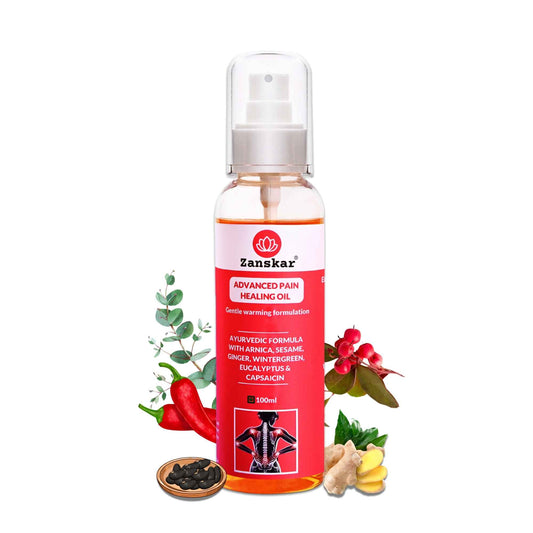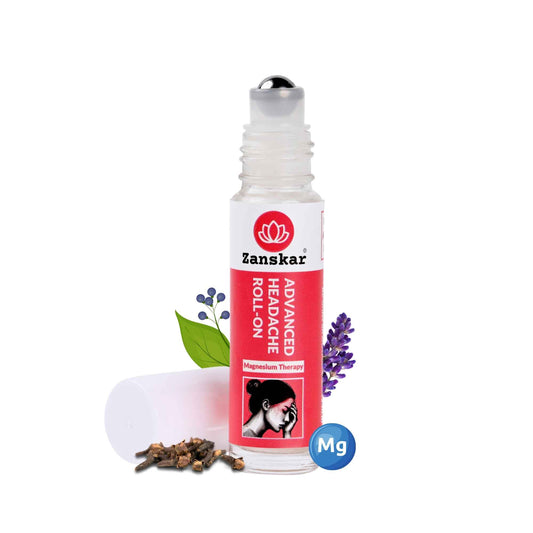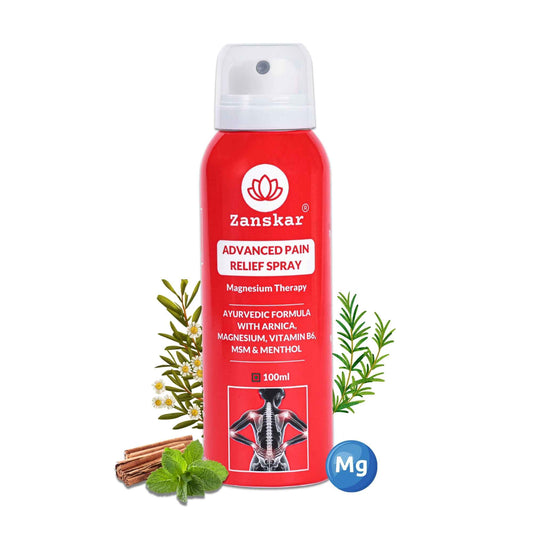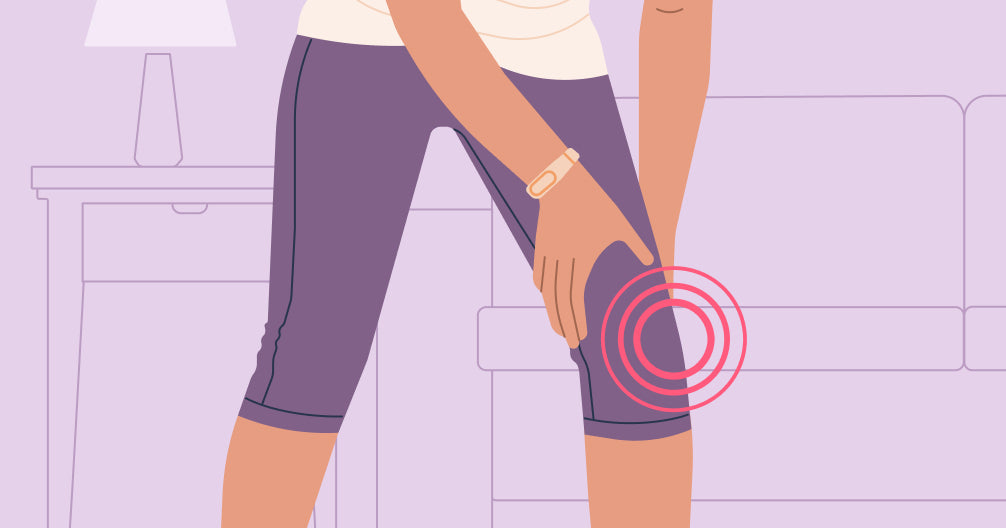
Menopause - Why do my joints and muscles ache?
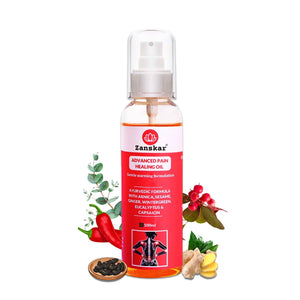
Menopause is a natural part of the aging process. The first stage of menopause — perimenopause — begins to affect a woman’s ability to reproduce. Perimenopause typically begins during the early to mid-40s and can last from three to five years.
A woman is considered in menopause when she has gone 12 months without menstruating.
Perimenopause and menopause are triggered by hormones that fluctuate and decrease. Many parts of the body are affected as hormonal levels decline. These include:
- reproductive system
- vaginal tract
- urinary system
- nervous system
- heart
- brain
- bones
- skin

A common symptom often associated with hormonal changes is pain.
Pain, muscle tension, and perimenopause go together more often than you might think. And while those new pangs or twinges can potentially be hormone-related, in many cases, falling oestrogen levels alone aren't to blame.
So what's going on, and what can you do to feel better? Here's a closer look at the factors that can make pain more problematic during perimenopause and beyond, plus, the simple soothing strategies you can start employing today.
Can menopause lead to pain?
Many women report an increase in pain around their menopause – but also say they were not prepared or expecting the symptom.
In a survey of 5,800 women, pain was reported as the most common unexpected symptom by more than a third (34%) of women. As you may not be expecting it, it can be easy to miss this as a sign of your menopause.
Women experiencing menopausal symptoms are almost twice as likely to have chronic pain, a large study with 200,000 women found.
Researchers have found that 71% of women in the perimenopause report joint and muscle pain. While overall rates dropped after menopause, women are then at higher risk of severe joint and muscle pain.
Why does perimenopause and menopause cause pain?
Levels of your hormones oestrogen, progesterone and testosterone fluctuate and fall. There are receptors for these hormones throughout your body, and they play important roles in pain.
These hormones influence your pain in complex ways that are still being understood. But it seems that oestrogen can both change how you feel pain, by making you more sensitive to it, and may also cause or contribute to issues that cause pain. This means if you already have a chronic pain condition, like fibromyalgia, you may find it gets worse during the perimenopause.
Hormonal changes may also worsen your sleep, cause an increase in your weight and lead to mood changes that may all have a negative impact on your life, especially if you are living with chronic pain.
Oestrogen, progesterone and testosterone can all alter the way the body responds to pain and lower levels in the body can lead to more pain.
There is also a link between depression and chronic pain conditions, and the same chemical messengers in the brain influence both mood and pain. As perimenopause and menopause is a time when you may be at higher risk of depression and anxiety, this could also have a negative impact on your pain.
Another chronic condition that you may notice worsen during your perimenopause is migraine. You may have found that your periods influenced when you had migraines before perimenopause as your changing hormone levels can trigger them. During the perimenopause, migraines can occur more frequently and be worse, as your hormones fluctuate.
Why do my joints and muscles ache?
Oestrogen, progesterone and testosterone work as anti-inflammatory agents in your muscles, and also help to lubricate your joints.
So during the perimenopause and menopause, when hormone levels fall, it can cause muscle and joint pains. This is usually most common in the mornings, as this is when hormone levels tend to be lowest.
Many women in perimenopause transition phase have reported to feel severe musculoskeletal pain which stopped them from doing the activities they loved.
It is also likely that oestrogen has an important role in reducing incidence and severity of osteoarthritis, when joints become painful and swollen.
How can muscle aches and pain be treated?
If your aches and pains are related to the menopause, there are several things that can help.
- Posture and work environment: Have a look at your working environment and try not to stay in the same position all day. Short breaks can help a lot.
- Stress reduction: Pain can feel worse if you are stressed, anxious or depressed. With that in mind, finding ways to improve your symptoms of stress, anxiety or depression could really help with aches and pains.
- Sleep: If sleep is an issue for you, working to improve this can help improve pain or help you to manage it.
- Physiotherapy: Seeing a physiotherapist could be a helpful option for you. A physiotherapist can advise on therapy through movement and exercise, targeting problem areas in your body to help restore movement and function if this is lacking. Consider downloading the Zanskar physiotherapy mobile app for DIY exercise programs that you can follow at your own pace.
- Over-the-counter medication: There are over-the-counter medications that can help with your symptoms. These include anti-inflammatory gel rub for muscles and joints offered by Zanskar.
Outlook
There's an intricate connection between menopause, aging, and pain. But while your chances for pain or tension may increase in midlife, muscle or joint discomfort doesn't have to stop you from doing the things you enjoy. If lifestyle changes aren't improving your pain, talk with your doctor. Together you can talk about your symptoms, and come up with a plan to start feeling better.
Learn More About Zanskar Health
If you have joint or muscle pain that makes it hard to move, Zanskar offers the most advanced full stack pain relief solutions for you.
Now available to purchase, Zanskar® Advanced Pain Care Products have a unique formulation of natural bioactive ingredients and provide lasting relief from muscle and joint discomfort that you can feel good about. Get your fix before stocks run out - buy now.
You can also gain access to therapeutic exercises and stretches for your condition by downloading the Zanskar Health physiotherapy mobile app. Additionally, you’ll have a personal care team to guide, support, and tailor our program to you, including behavioral and nutritional coaching.
Download our mobile app here 👉 download and track your exercise streak.
Medical Review: This article is written by Dr Nishtha Mittal (Senior Health Content Editor at Zanskar Health) and has been medically reviewed by the medical team at Zanskar Health. This article and its contents are provided for educational and informational purposes only and do not constitute medical advice or professional services specific to you or your medical condition.




